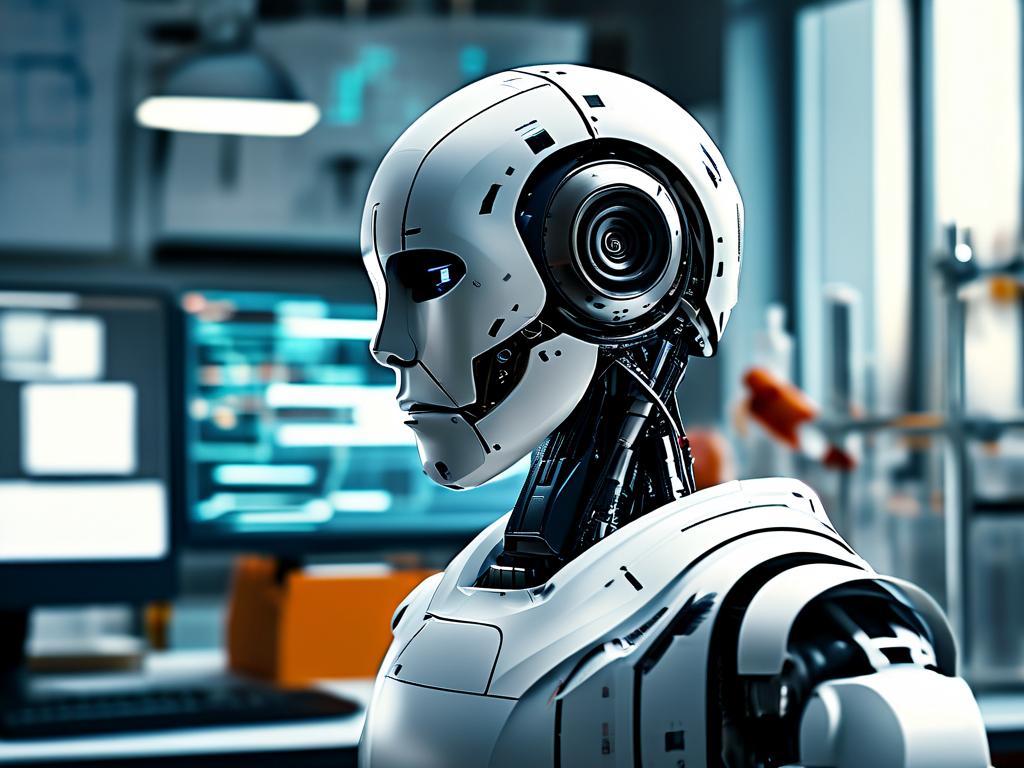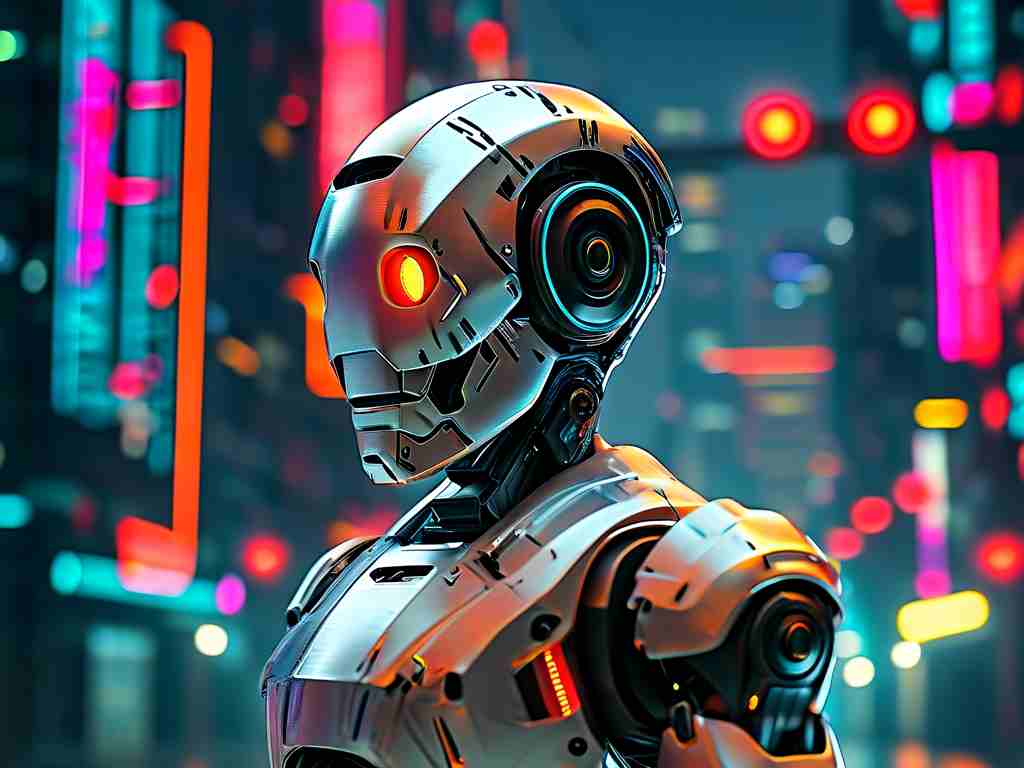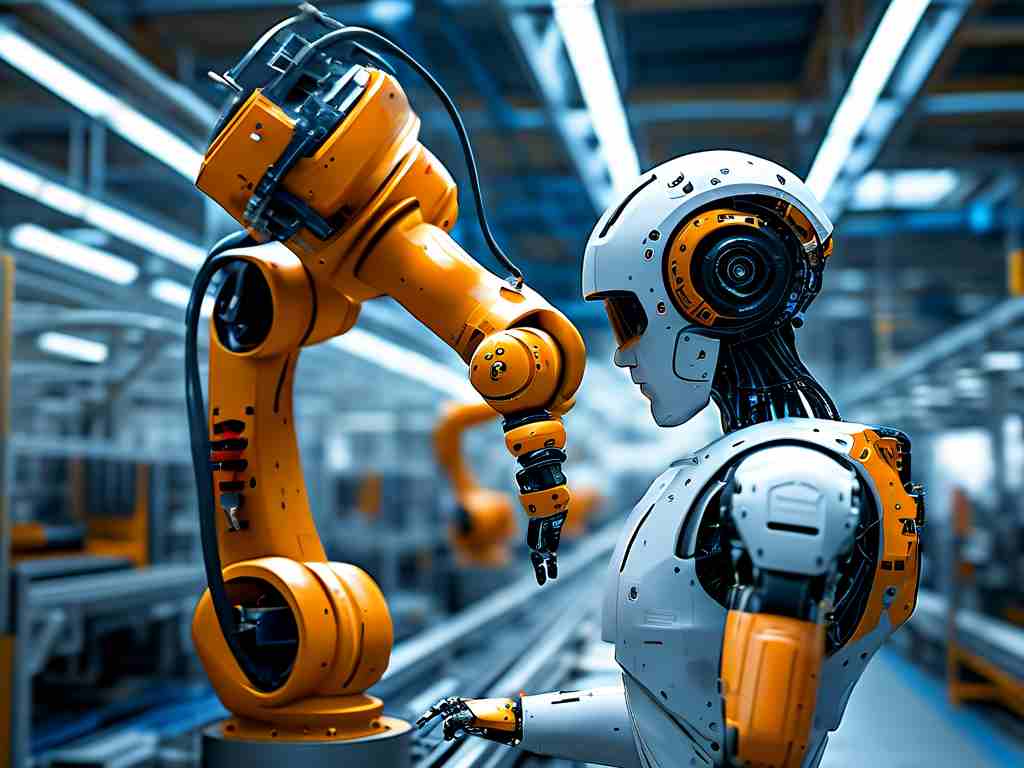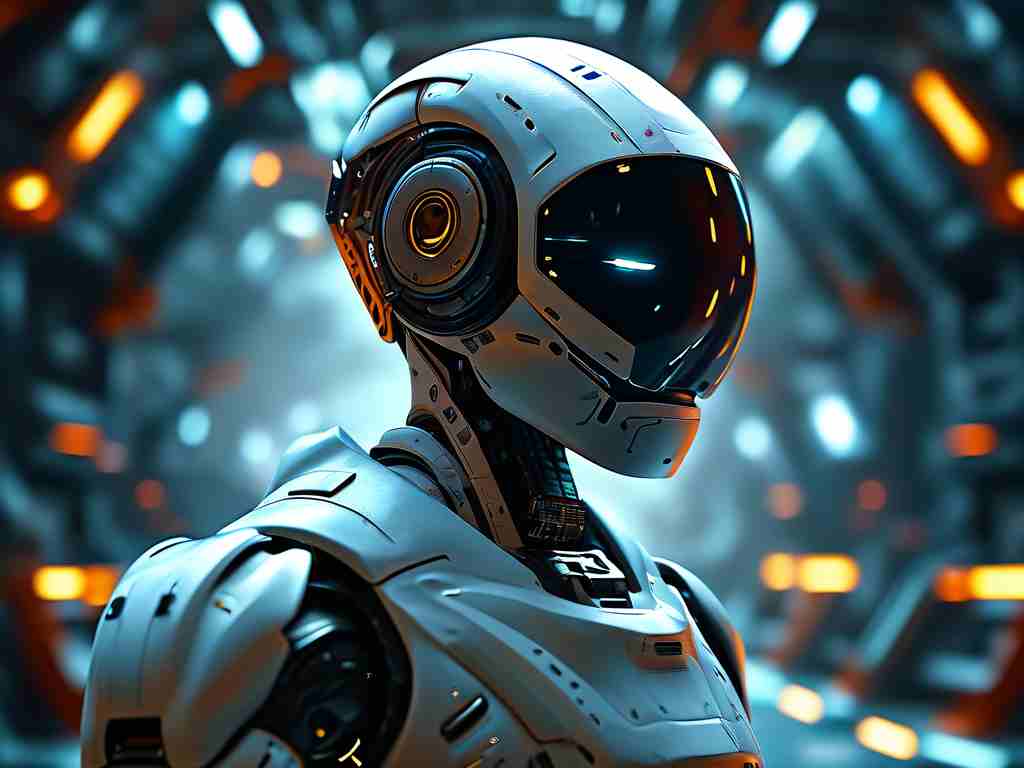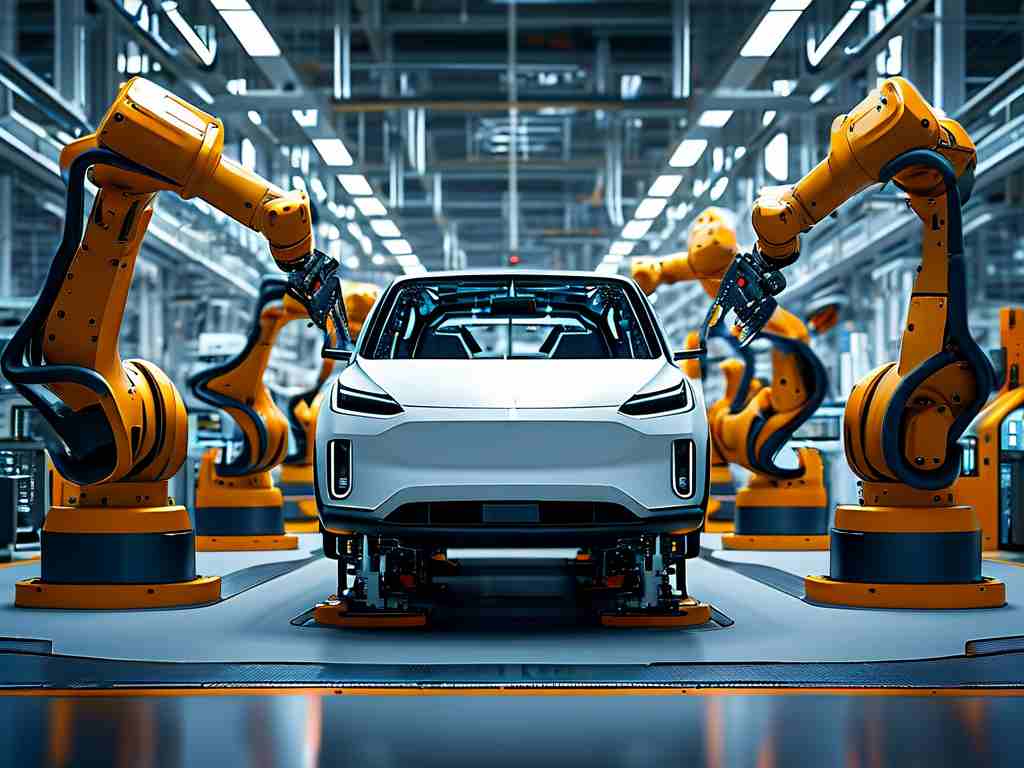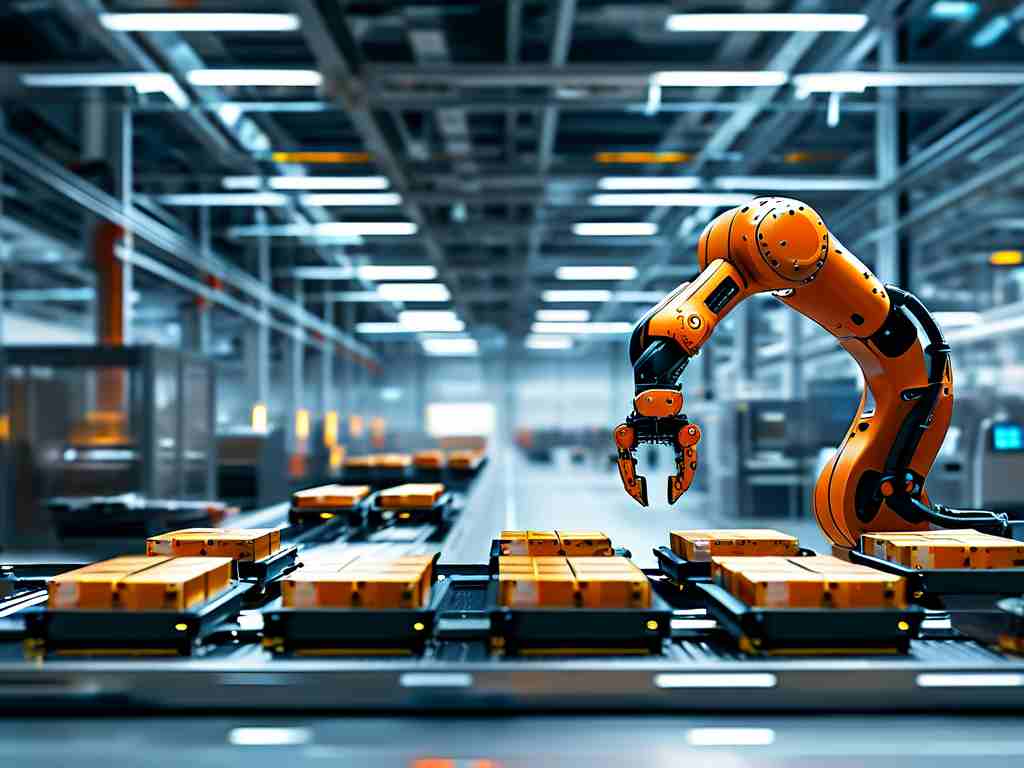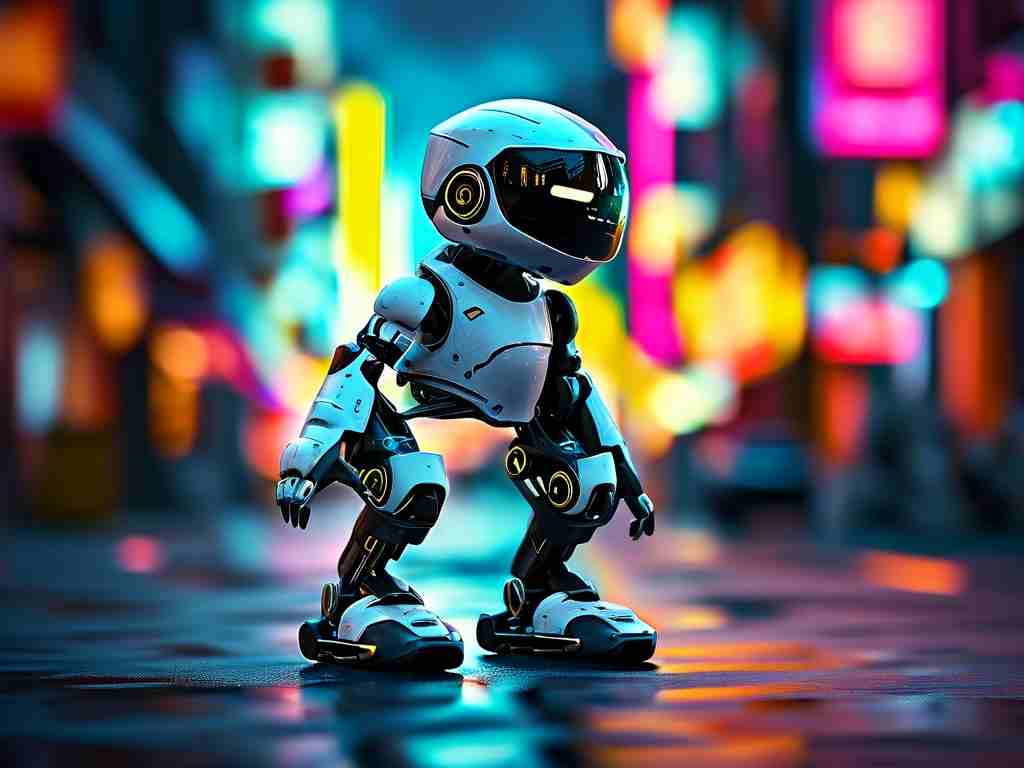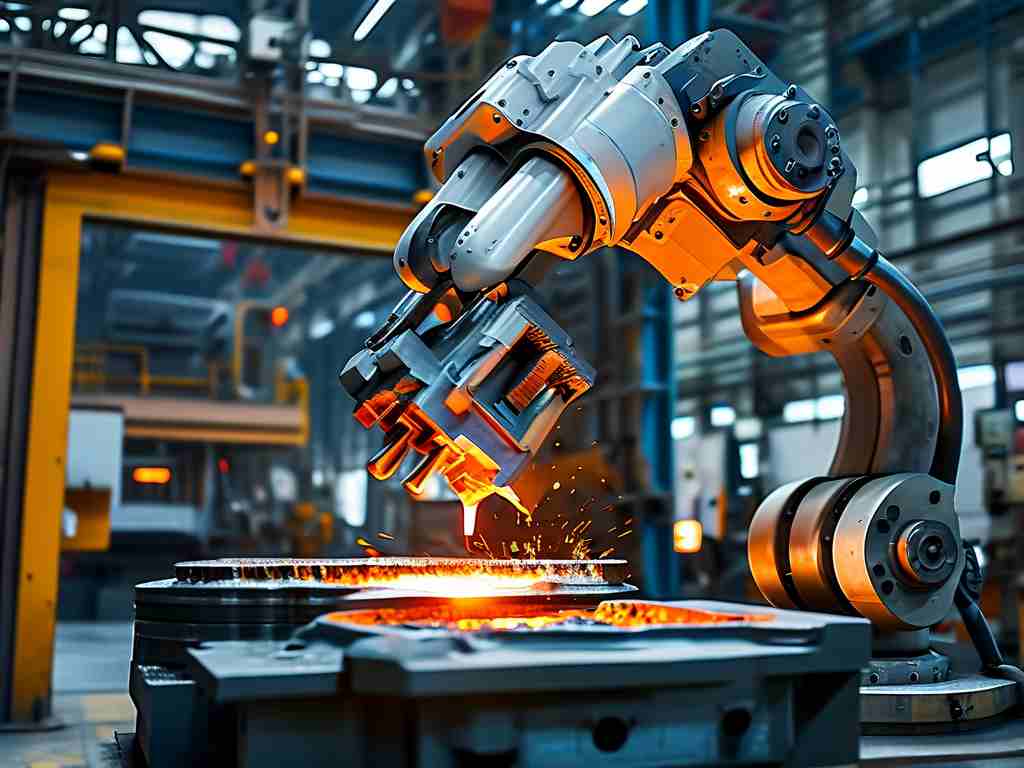The fusion of robotics and sports has reached a thrilling milestone with the emergence of robotic dunking technology. This groundbreaking innovation combines precision engineering, advanced motion algorithms, and biomechanical insights to replicate – and potentially surpass – human athletic performance. Let’s dissect the core components driving this technological marvel.
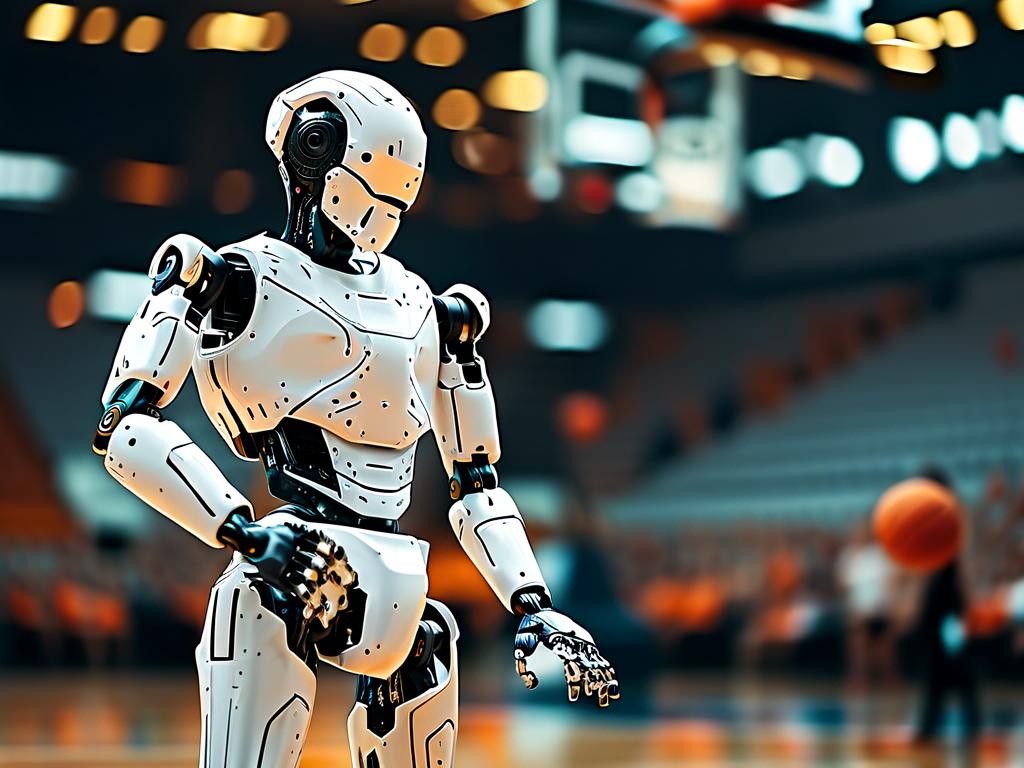
1. Kinematic Architecture
Modern dunk-capable robots rely on multi-axis articulated limbs mimicking human joint flexibility. Unlike industrial robotic arms designed for repetitive tasks, these systems incorporate hybrid actuators combining hydraulic thrust for explosive power and electric motors for mid-air adjustments. The Stanford Robotics Lab’s "SkyHopper" prototype, for instance, uses carbon-fiber "tendons" storing elastic energy equivalent to a human athlete’s calf muscle activation during takeoff.
2. Sensory Feedback Networks
Real-time environment mapping separates functional dunk bots from mere mechanical arms. Lidar arrays and stereoscopic cameras create 3D court models at 200Hz refresh rates, while piezoelectric floor sensors detect rebound patterns. Boston Dynamics’ experimental basketball bot demonstrated this in 2023 by analyzing backboard vibration signatures to predict ball trajectories – a technique borrowed from aerospace structural monitoring systems.
3. Adaptive Learning Engines
Machine learning transforms raw power into finesse. Through convolutional neural networks trained on 50,000+ NBA dunk clips, robots learn to adjust grip strength based on ball texture (leather vs composite) and calculate optimal release angles accounting for air resistance. NVIDIA’s Omniverse simulations revealed that AI-trained bots develop unique "styles," with some favoring two-handed slams while others perfect 360-degree spins.
4. Energy Management Challenges
The power-to-weight ratio remains a critical hurdle. Current prototypes require lithium battery packs weighing 18kg for just three dunk attempts – far from practical for continuous play. MIT’s solution involves kinetic energy recovery systems (KERS) similar to Formula 1 technology, capturing 40% of landing impact energy for reuse in subsequent jumps.
5. Human-Robot Synergy Applications
Beyond spectacle, this technology enables precise biomechanical analysis. The Tokyo Sports Institute’s motion capture rigs using robotic dunkers have identified previously undetectable micro-movements in professional players’ takeoffs, leading to improved training regimens. Rehabilitation centers are adopting low-power versions to help athletes recover vertical leap capacity post-injury.
Ethical debates simmer beneath the technological excitement. Should robot-augmented dunks count in official records? How might this affect youth sports development? While FIBA maintains a firm "human-only" stance for now, exhibition matches like the 2024 Human vs Machine Dunk Challenge in Dubai drew 20 million live viewers, signaling massive public interest.
Looking ahead, quantum computing integration could revolutionize real-time decision-making. Early-stage research at CERN proposes using quantum annealing processors to calculate dunk trajectories factoring in variables like humidity and audience airflow – calculations that currently take conventional systems 2.3 seconds to complete.
From engineering workshops to basketball courts, robotic dunking technology isn’t just about reaching the rim – it’s pushing the boundaries of what’s physically possible. As these systems evolve, they may redefine not only sports technology but also our understanding of biomechanics and human-machine collaboration. The next decade promises slam dunks that defy gravity, physics, and imagination.


